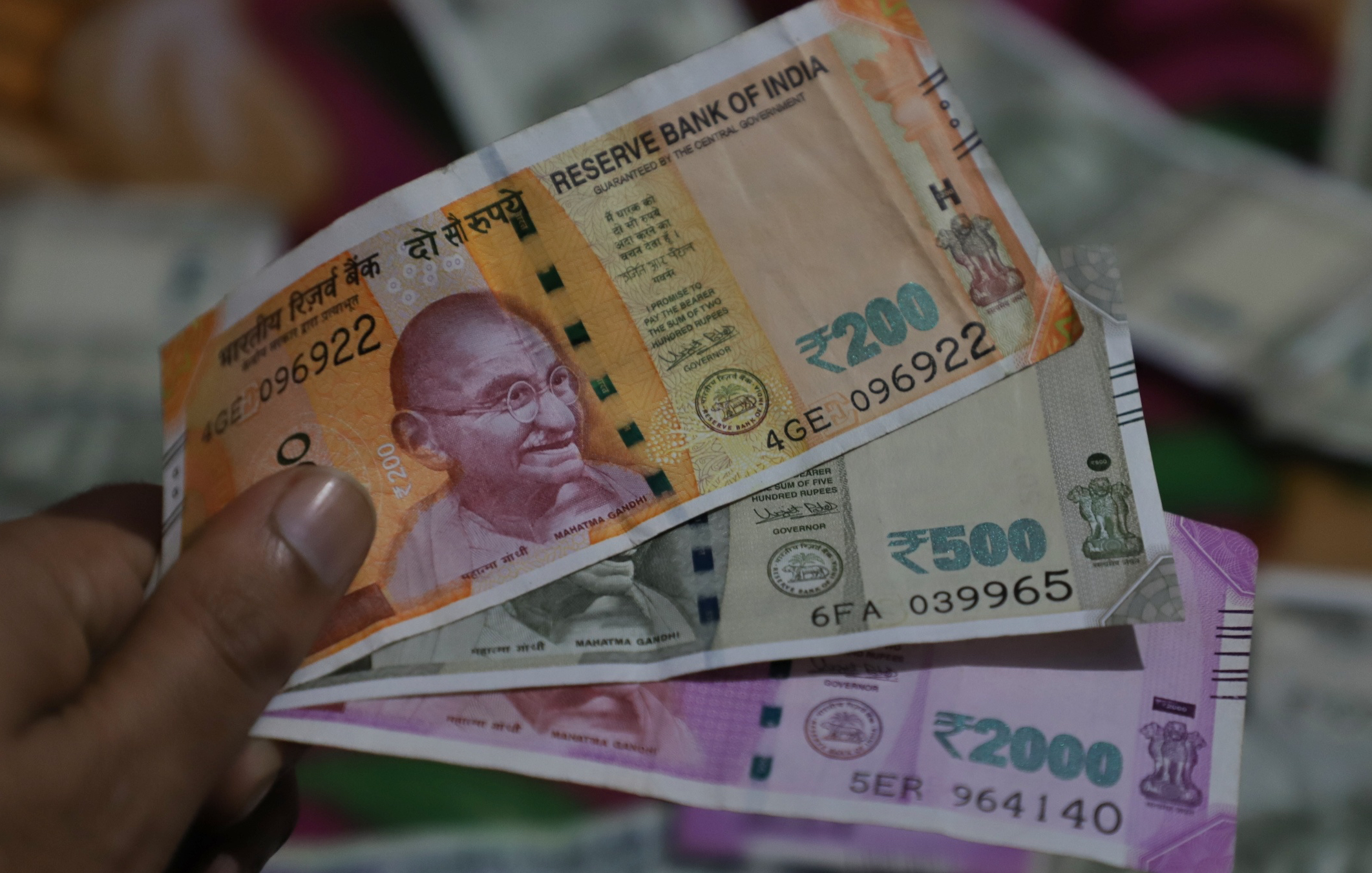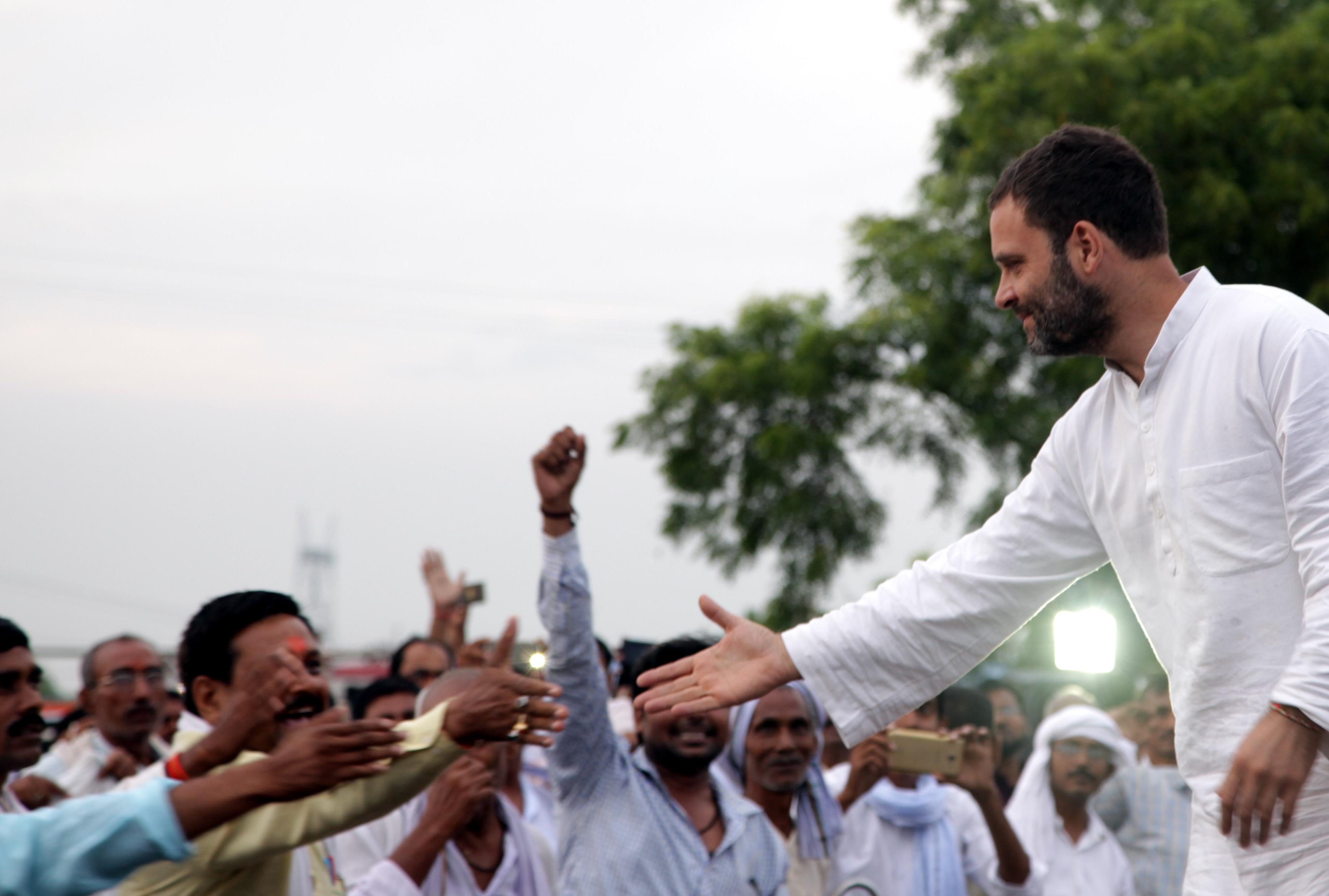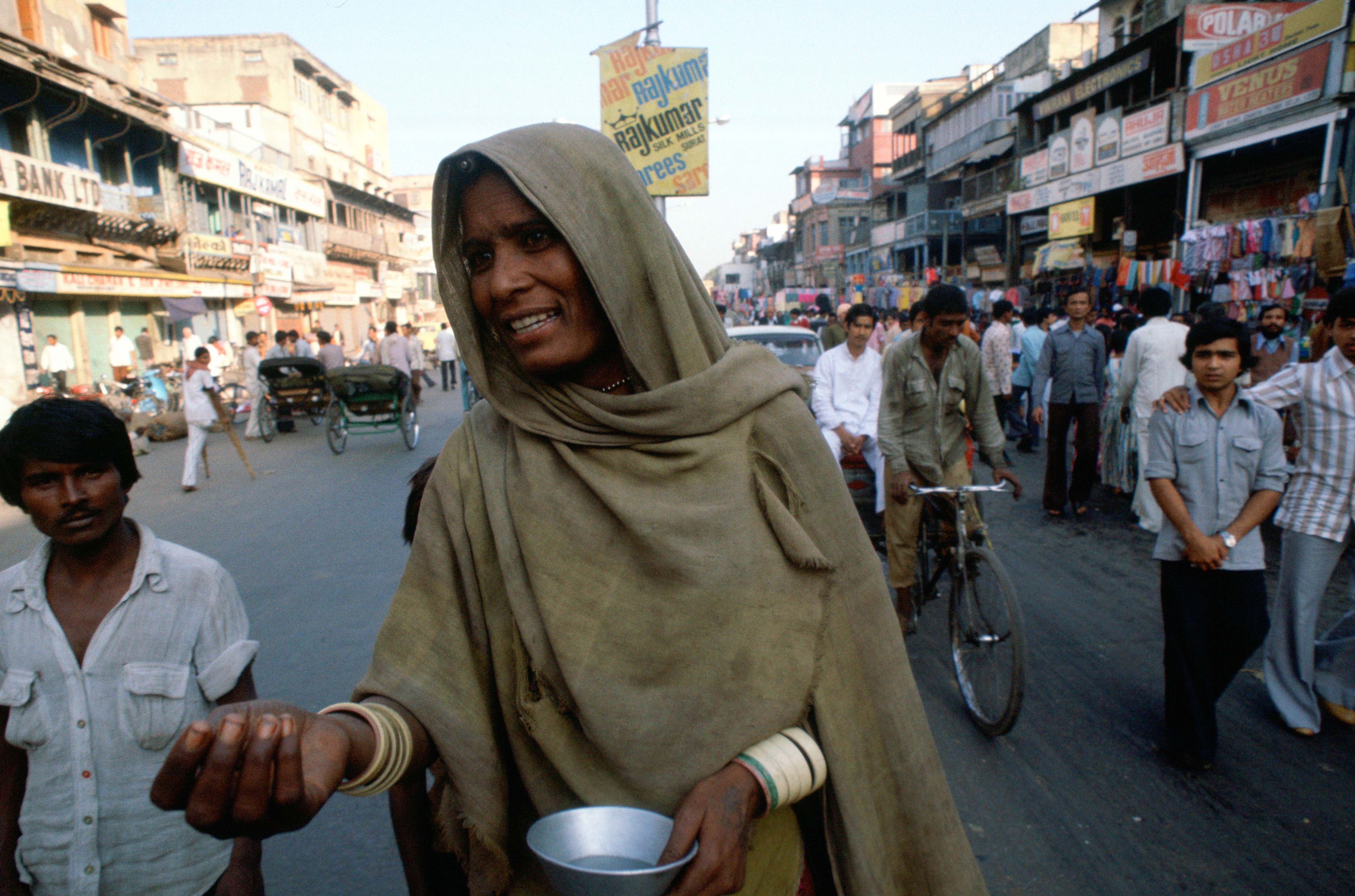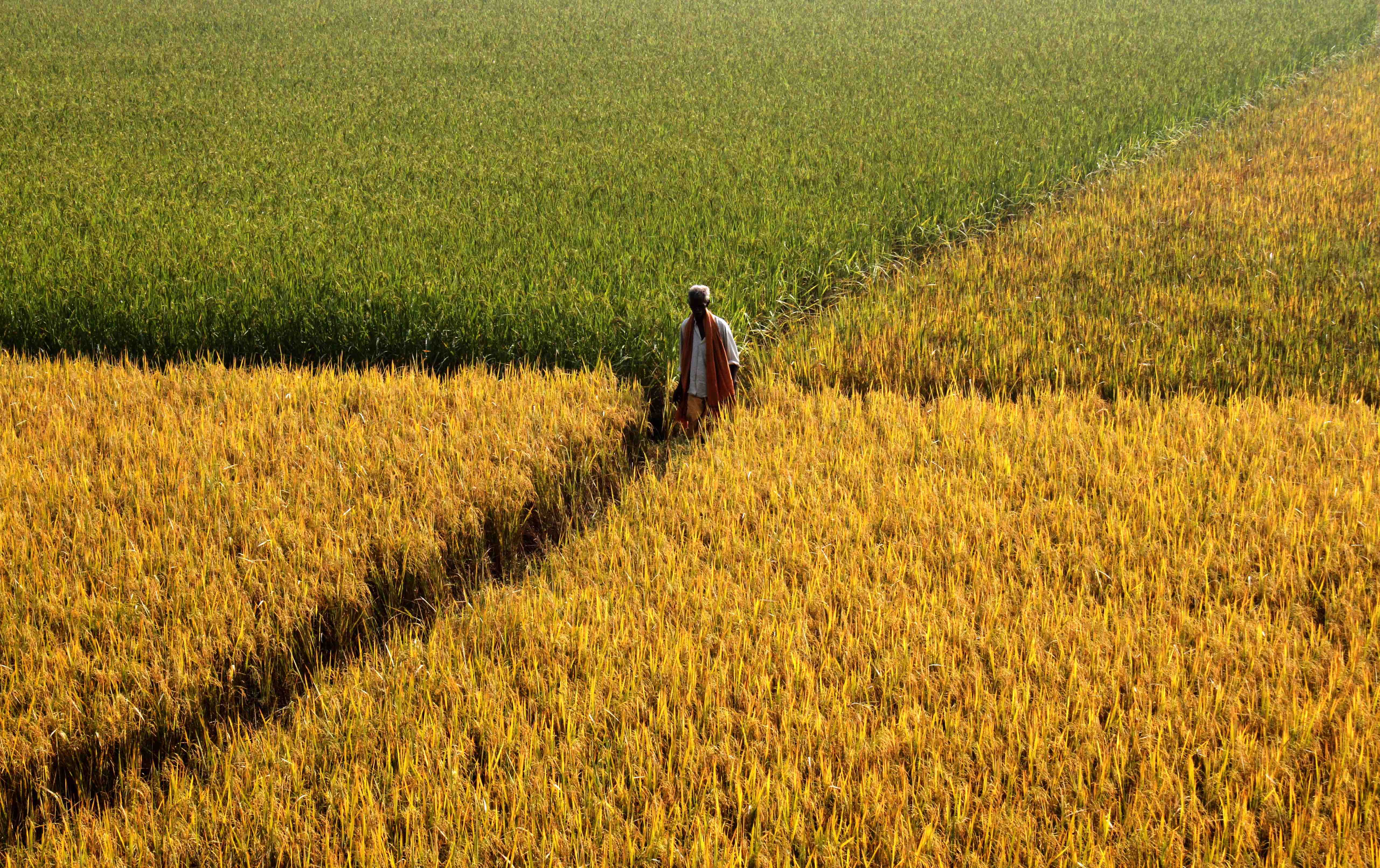
Business & Economics
Henderson’s legacy: Revisiting universal basic income

As Indians prepare to vote in the general election, a campaign promise could bring wage equality to the tens of millions of India’s poorest people
Published 4 March 2019
Recently India’s Congress party, the chief rival to the ruling BJP (Bharatiya Janata Party), proposed to introduce a minimum income guarantee (MIG) program should it win power in the 2019 general elections.
The timing of the announcement could not have been better - such a pre-election promise could garner popular votes.

The acche din aane waale hain (good days are coming) slogan of the sitting Prime Minister Narendra Modi was also an electoral stunt that paid off handsome dividends.
But the good days haven’t come for the tens of millions of under-employed or unemployed youth - and the struggling men and women eking out a livelihood in the vast informal sector.
Naturally the BJP is nervous, partly because the MIG comes from the opposition party and partly because the idea of a MIG is not just a slogan. Behind it are 2015 Nobel laureate Angus Deaton and Thomas Piketty, a star French economist known for his work on inequality, both staunch supporters of reducing inequality.

Business & Economics
Henderson’s legacy: Revisiting universal basic income
But the timing of the proposal is equally fortuitous because the universal basic income (UBI) idea, which is a generalised version of Congress’ MIG, is also doing the global rounds.
Studies of UBI have been conducted in Finland, India, Canada, Spain, and Kenya among others. The small state of Sikkim in India has announced plans to introduce its own version of the MIG. The Democratic party politicians in the US are already competing with each other to offer their version of UBI before the 2020 elections.
The scramble for providing a safety net suggests that functioning democracies are incompatible with grotesque forms of inequality. Not a hugely radical idea but the time has come, elections or not, that something concrete, rather than merely aspirational, must be offered to the excluded masses and keep the idea of democracy alive.
In India, the motivation is to address abject poverty.

While the ratio of Indians below the poverty line has fallen significantly (albeit contested due to changes in definition and measurement problems) the extent of hardship and insecurity among the poor, even those just above the poverty level is acute. Pranab Bardhan, a renowned development economist, argues that UBI will address poor people’s insecurity whether people have jobs or not.
There are several sticking points.
First is determining the appropriate level of funding. Preliminary calculations suggest anything between 19 trillion rupees (11.4 per cent of GDP), which is greater than 50 per cent of central government’s total tax revenues, or 2.6 per cent of GDP if 16,000 rupees were given to a household with five members.

Politics & Society
The problem with being young in India
Second, should every citizen receive this ‘free’ income, or should it be for selected groups?
It is clear that those well above the poverty line or who have relatively secure jobs don’t need income support. But targeting recipients could be a headache and subject to significant leakages and transactions costs. Also, targeting poor farmers due to low minimum prices offered by the government might tie them to agriculture, which has not been a remunerative activity.
A universal program has the flexibility of giving the recipients the freedom to decide how to spend the money, with the assumption that recipients will wisely spend the money in improving their well-being and participation in labour markets.
Naysayers argue that UBI will take away the incentive to work. But UBI is not for luxurious living. It is high enough to provide a cushion for the poor and low enough that recipients would still have to find employment to enjoy anything more than basic subsistence. Findings from a pilot study (between 2011 and 2013) backed by UNICEF in Madhya Pradesh showed that 300 rupees a month made a big difference.

Third, there is a trade-off. By identifying specific groups, the financial burden is reduced and the program becomes politically more palatable.
Congress party’s MIG is expected to be a targeted program since it is aimed at the poor. Others suggest a universal pension - first benefiting women, the elderly and the handicapped with some additional benefits under maternity leave for each child.
Fourth, should the MIG replace the many other social programs that exist for the poor?
The easy answer is no. The more difficult answer is that to pay for MIG some programs may have to be ‘rationalised’ and/or the tax net must be cast wider.
Finally, can pilot studies be scaled up and still obtain favourable results? The simple answer is probably not but it doesn’t matter. The gravity of the social situation is such that whatever form the MIG takes, a response is needed since years of high growth has done little for India’s poor.
Addressing India’s inequality will strengthen democracy and be morally just. Global and Indian capitalism has run amok.
A version of this article also appears on Election Watch.
Banner: Getty Images